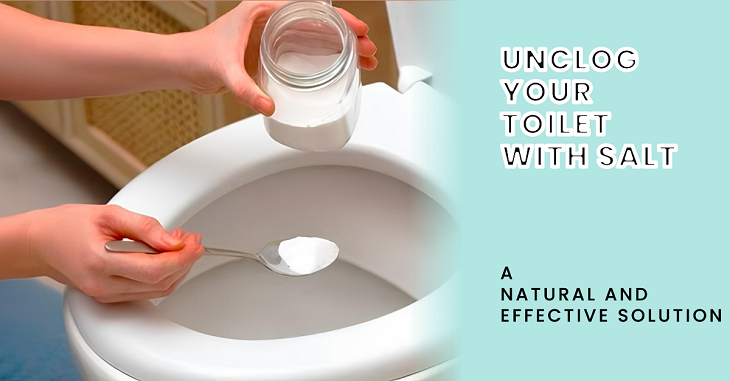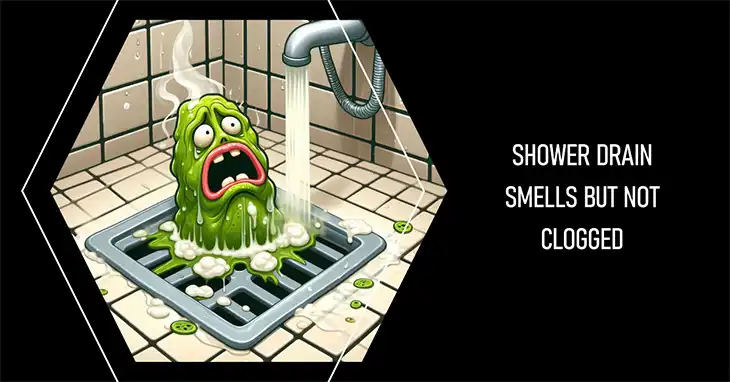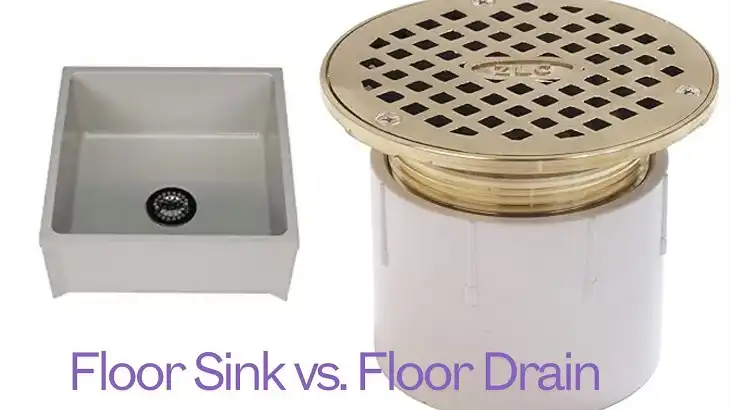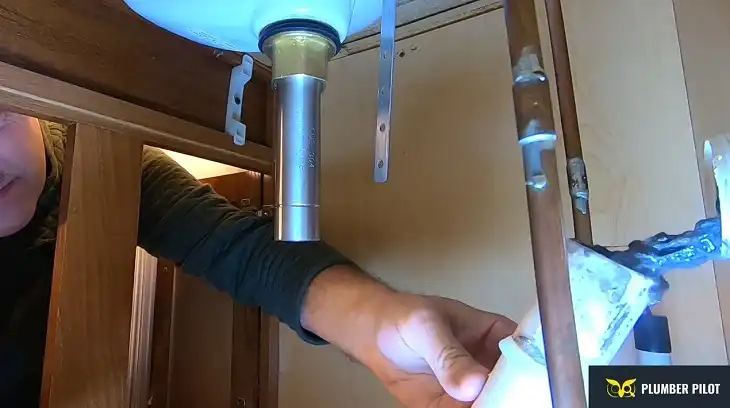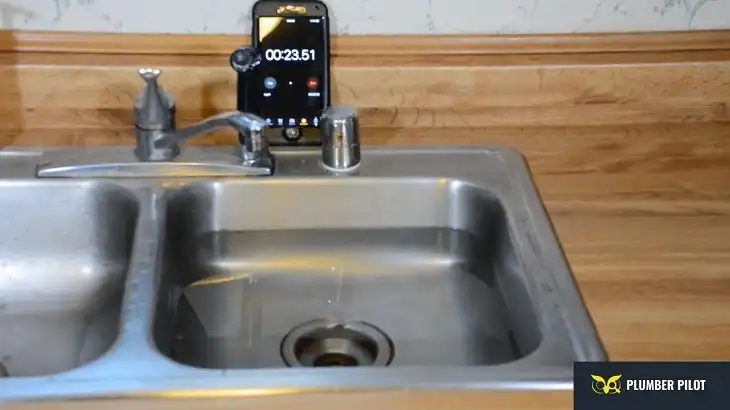How to Unclog a Bathtub Drain with Standing Water with Plunger
Bathtub drains can become clogged over time due to hair, soap scum, and other debris, causing water to back up and making your bathroom experience less than pleasant. One of the simplest and most effective ways to fix a clogged drain with standing water is by using a plunger.
With a bit of effort and the right technique, you can often dislodge the blockage and get your tub draining smoothly again. This guide walks you through the steps to effectively unclog your bathtub using a plunger, even when faced with standing water.
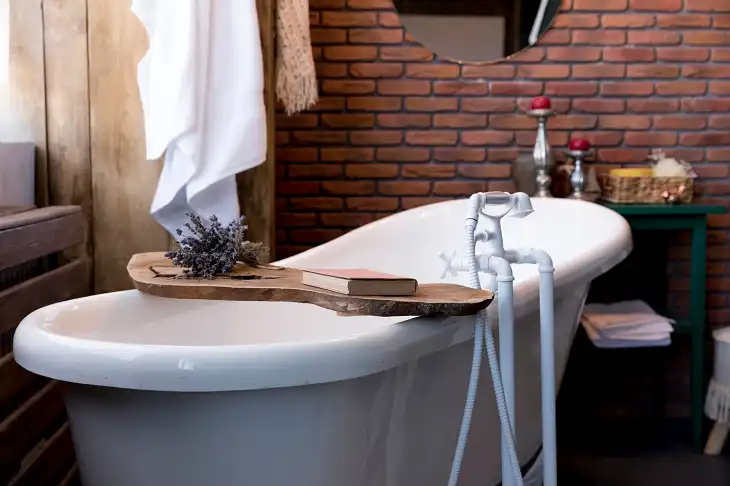
How to Unclog a Bathtub That Is Full of Water Using a Plunger?
Before you begin, it’s important to know that a plunger works by creating suction and pressure to push the blockage free. It forces air and water against the clog, breaking it apart or pushing it down the drain. In the case of standing water, the plunger will need to work against both air and water to create this pressure.
Here’s a step-by-step guide on unclogging your bathtub drain.
1. Remove Any Visible Debris
Start by removing any visible hair, soap scum, or gunk from the drain opening. You can use your hands (wearing gloves) or a pair of tweezers to pull out any debris you can see. This may not clear the entire clog but will make it easier for the plunger to do its job.
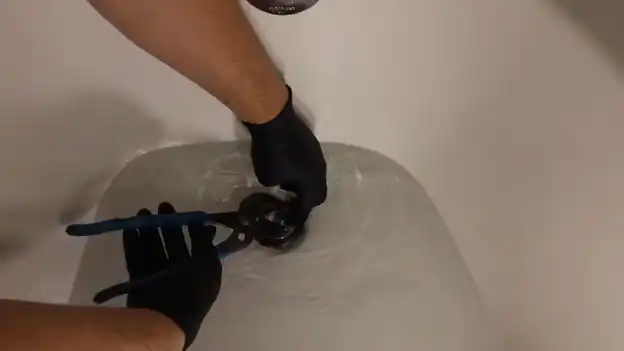
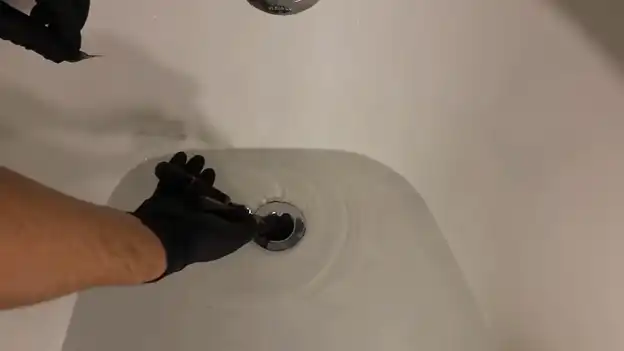
2. Seal the Overflow Drain
Bathtubs have an overflow drain that prevents water from spilling over the edge. For plunging to be effective, you must seal the overflow opening, as this will help create the necessary pressure. You can do this by using a wet cloth or duct tape to block the overflow.
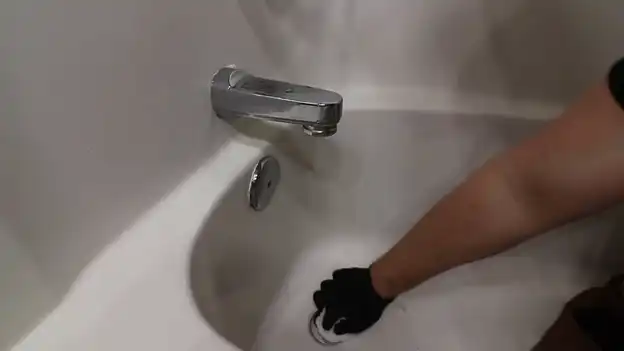
This step is critical because an unsealed overflow drain will release the pressure, making plunging less effective.
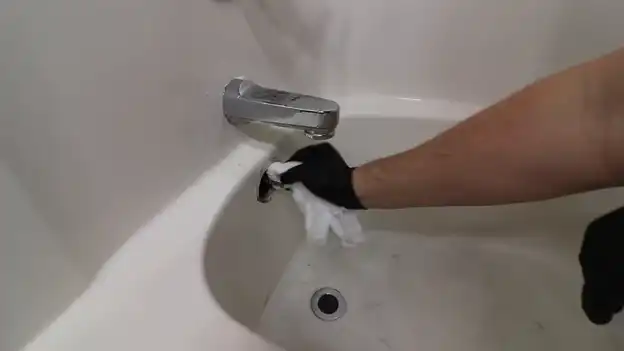
3. Submerge the Plunger
Place the plunger cup directly over the drain. Make sure the plunger is fully submerged in the standing water. If there isn’t enough water, add some from a bucket until the plunger is covered. Water helps the plunger form a tight seal over the drain, which is necessary to create the suction and pressure needed to dislodge the clog.
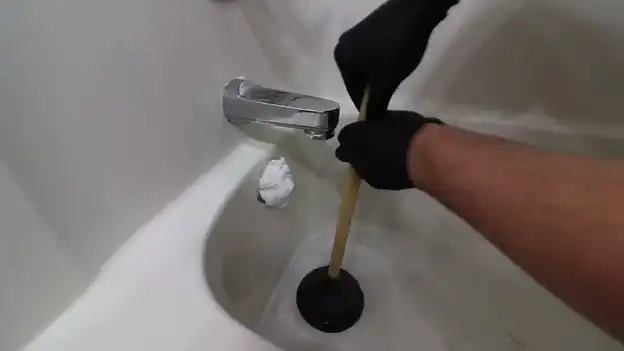
4. Plunge with Steady Pressure
Begin plunging by pushing down gently to ensure a good seal between the plunger and the drain. After a few light pushes, plunge with more force, keeping the motion steady. Push down and pull up without breaking the seal between the plunger and the drain. You may need to do this for about 20 to 30 seconds.
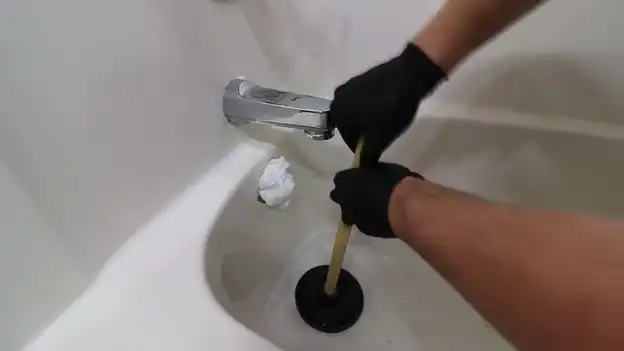
5. Check for Drainage
After a few plunging motions, check if the water starts to drain. If it does, you’ve likely cleared the clog. Let the remaining water drain and run some clean water to check if the flow is smooth. If the water is still not draining or draining too slowly, continue plunging.
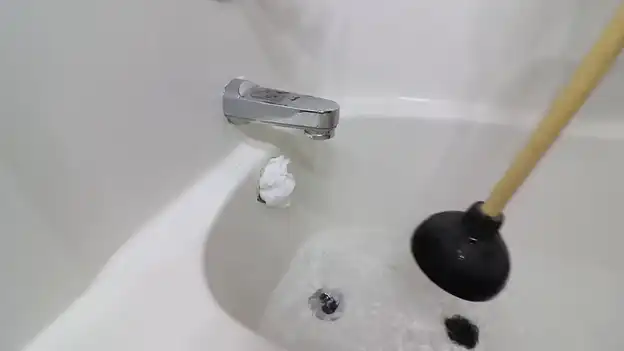
6. Repeat if Necessary
If the drain is still clogged after the first round of plunging, don’t be discouraged. Sometimes, it takes a few tries to break through a tough clog. Repeat the plunging process as described above until the water drains freely.
Pro Tips for Success
- Use the Right Plunger: A standard cup plunger is ideal for bathtub drains. Avoid using a toilet plunger, which has a flange and is designed for toilet bowls.
- Create a Tight Seal: Ensuring the plunger cup is securely sealed around the drain is critical for effective plunging. This creates the necessary pressure to move the clog.
- Try Hot Water: After plunging, running hot water through the drain can help clear out any remaining debris or buildup.
Frequently Asked Questions
Will hot water unclog a bathtub drain?
Use a funnel so that the hot water doesn’t harm anything else in the tub. Wait fifteen minutes and attempt to run water from the tap. If the clog is made up of a grease or soap build-up, the heat should melt it away
How to drain a tub with water still in it?
First, cover the tub’s overflow drain with masking tape or stuff it with a towel (to block any air from escaping). Next, push the plunger down over the drain so it creates a firm seal. Then push the plunger up and down several times while maintaining the seal.
Conclusion
In conclusion, unclogging a bathtub drain with standing water using a plunger is a simple, effective method that often resolves the problem without needing professional help. By following these steps and being persistent, you can restore your bathtub’s drainage and avoid costly repairs.


